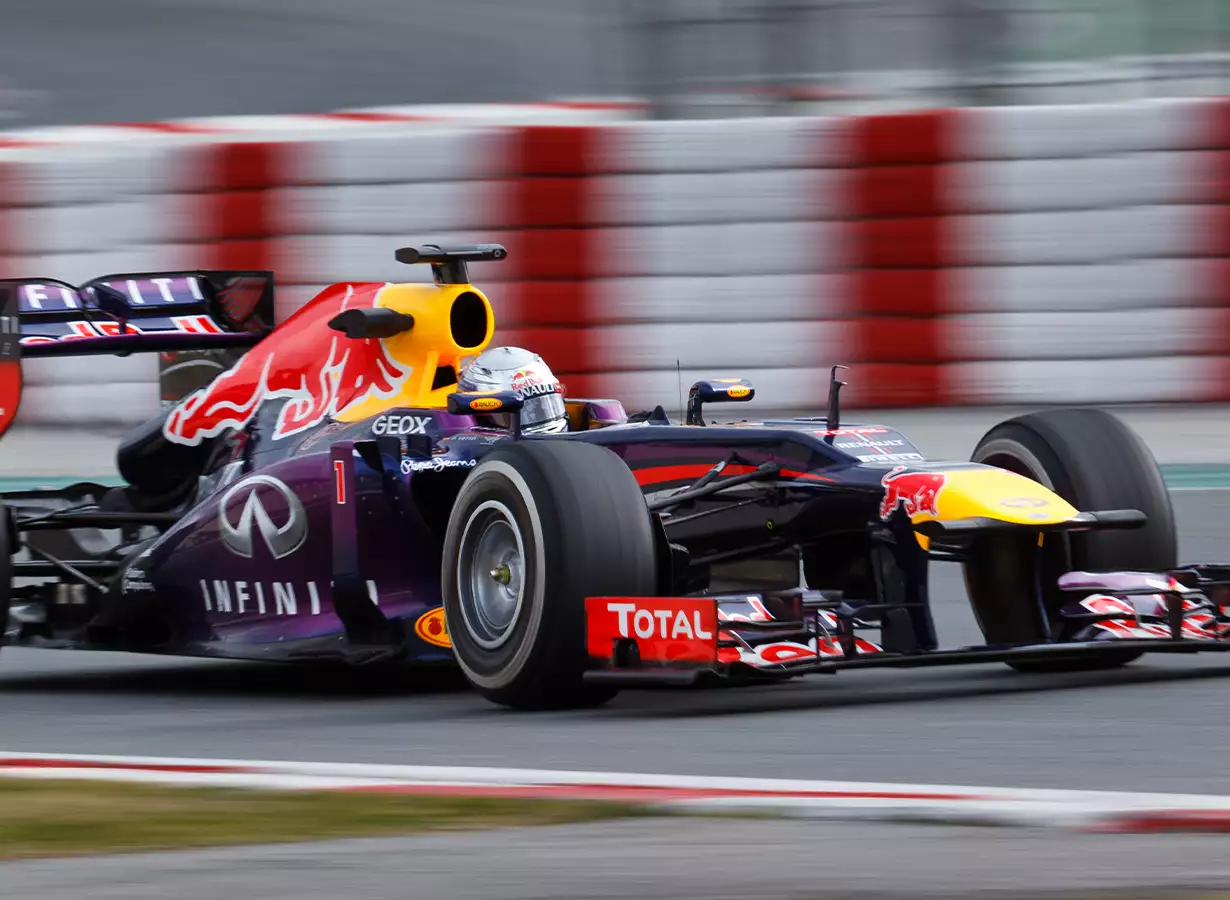Formula 1 is a sport that is constantly evolving and one of the key areas of development is aerodynamics. One of the most important elements of a Formula One car’s aerodynamic package are the bargeboards.
But what is a bargeboard in Formula 1? The answer is not as straightforward as you might think.
In this article, we will explore what a bargeboard is, and take a look at how it affects the performance of a Formula One car.
Table of Contents
Watch this video to understand how bargeboards is being used in F1 cars.
What is bargeboard in F1?
Bargeboards are vertical panels that are fitted to the side of a Formula One car, just behind the front wheels. They are used to direct airflow around the car and improve aerodynamic performance.
Bargeboards are an important part of a Formula One car’s aerodynamic package because they help to improve the car’s downforce.
Downforce is the force that pushes a car down onto the track, and it is generated by the car’s aerodynamic grip. The more downforce a car has, the greater its grip on the track, and the faster it can go through corners.
Bargeboards also help to improve the car’s cooling performance by directing airflow around the engine and brakes.
This is especially important in hot weather conditions when the engine and brakes are under greater stress.
Key takeaways
Here are some key aspects regarding bragerboard that you should be aware of:
- A bargeboard is a vertical panel that is fitted to the side of a Formula One car, just behind the front wheels.
- Bargeboards are used to direct airflow around the car and improve aerodynamic performance.
- Bargeboards can be made from a variety of materials, including carbon fiber, aluminum, and Kevlar.
- Bargeboards also help to improve the car’s cooling performance by directing airflow around the engine and brakes.

Photo showing a bargeboard on a Formula One car.
Understanding bargeboard
Now that we know what a bargeboard is, let’s take a deeper look into how it affects the performance of a Formula One car.
How do bargeboards affect Formula 1 car performance?
As we mentioned before, bargeboards help to improve a Formula One car’s aerodynamic performance by directing airflow around the car.
This improved airflow results in increased downforce, which gives the car more grip on the track and allows it to go faster through corners.
Constructors often use different materials for their bargeboards depending on the conditions.
When it comes to designing bargeboards, teams have to strike a balance between aerodynamic performance and cooling. If the bargeboards are too big, they will adversely affect the car’s cooling performance.
However, if they are too small, they will not be able to effectively redirect airflow around the car and improve aerodynamic performance.
Constructors often use different materials for their bargeboards depending on the conditions.
For example, teams will use a different material for the bargeboards at high-downforce tracks compared to low-downforce tracks.
The importance of bargeboards
Bargeboards are a key element of a Formula One car’s aerodynamic package. Here are benefits of having well-designed bargeboards:
1. Improved aerodynamic performance
A well-designed bargeboard can improve the aerodynamic performance of a Formula One car dramatically. This is because they help to redirect airflow around the car, which results in increased downforce. Moreover, bargeboards can also help to reduce drag.
2. Improved cooling performance
Bargeboards can also help to improve the car’s cooling performance by directing airflow around the engine and brakes. This is important as it helps to keep the temperatures of these components under control, which is essential for their reliability and longevity.
3. Increased grip
The increased downforce that is generated by bargeboards also results in increased grip. This is because the car has more contact with the track, which gives it better traction. This is especially beneficial for cornering as it allows the car to go faster through corners.
4. Reduced tire wear
Another benefit of bargeboards is that they can help to reduce tire wear. This is because the increased grip and downforce results in less sliding and skidding, which puts less stress on the tires.
5. Increased safety
The increased grip and downforce that are generated by bargeboards also help to improve safety as it reduces the chances of a car spinning out of control.
With all these benefits, it is no wonder that teams place such a high importance on designing efficient bargeboards.
With all these benefits, it is no wonder that teams place such a high importance on designing efficient bargeboards.
Frequently asked questions about bargeboard in Formula One
Is a bargeboard cutting through the air?
Does all Formula 1 cars use bargeboards?
Conclusion
In conclusion, bargeboards are a key element of a Formula One car’s aerodynamic package. They help to redirect airflow around the car, which results in increased downforce.
Moreover, bargeboards can also help to improve the car’s cooling performance by directing airflow around the engine and brakes.
With all these benefits, it is no wonder that teams place such a high importance on designing efficient bargeboards.
Article sources
Learn more about Formula One
Want to learn more about F1? Then visit our Formula 1 glossary and dictionary.




